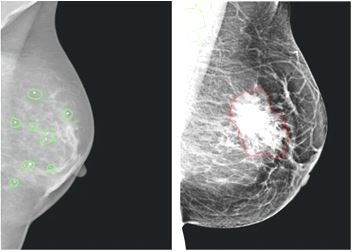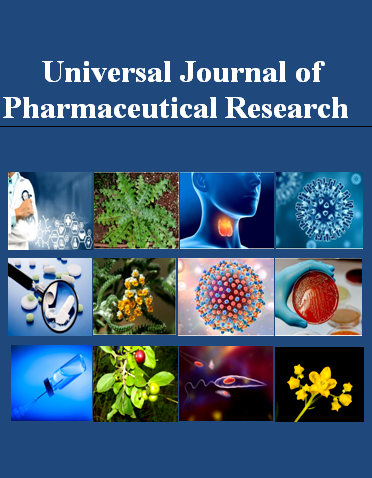COMPARISON OF THE MASS FRACTION OF 35 TRACE ELEMENTS IN BENIGNLY TRANSFORMED AND INTACT BREAST TISSUE ADJACENT TO A BENIGN LESION
Keywords:
Benign breast diseases, benignly transformed breast tissue, inductively coupled plasma mass spectrometry, trace elementsAbstract
Background: Many women around the world suffer from benign breast diseases. The causes of this disease are not entirely clear, although it is known that disturbances in the homeostasis of chemical elements in the breast tissue play a significant role in the etiology of diseases of this organ. The present study aimed to identify changes in the mass fractions of 35 trace elements in benign transformation of breast tissue compared to the levels of these microelements characteristic of the norm.
Method: We achieved this goal using a previously developed sample preparation technique that allows us to determine the content of 35 microelements in breast tissue samples weighing approximately 10 mg using inductively coupled plasma mass spectrometry. Using the developed technique, samples of benignly transformed and intact breast tissue adjacent to a benign lesion were examined.
Results: It was found that in benignly altered tissue, the content of studied elements, except for Ba, Cr, Nb, and Ti exceeded the levels characteristic of intact breast tissue adjacent to the lesion.
Conclusion: The observed significant increase in the content of many trace elements in benignly altered tissue compared to intact adjacent breast tissue can be used to develop new in vitro and in vivo diagnostic methods in which trace element levels in the breast lesion will act as markers. The discovered phenomenon, which opens up new possibilities in the prevention, diagnosis, and treatment of benign breast diseases, requires further, more in-depth study.

Peer Review History:
Received 12 April 2025; Reviewed 18 May 2025; Accepted 20 June; Available online 15 July 2025
Academic Editor: Dr. Muhammad Zahid Iqbal , AIMST University, Malaysia, drmmziqbal@gmail.com
, AIMST University, Malaysia, drmmziqbal@gmail.com
Reviewers:
 Dr. Jennifer Audu-Peter, University of Jos, Nigeria, drambia44@gmail.com
Dr. Jennifer Audu-Peter, University of Jos, Nigeria, drambia44@gmail.com
 Dr. Bilge Ahsen KARA, Ankara Gazi Mustafa Kemal Hospital, Turkey, ahsndkyc@gmail.com
Dr. Bilge Ahsen KARA, Ankara Gazi Mustafa Kemal Hospital, Turkey, ahsndkyc@gmail.com
Downloads

Published
How to Cite
Issue
Section
Copyright (c) 2025 Universal Journal of Pharmaceutical Research

This work is licensed under a Creative Commons Attribution-NonCommercial 4.0 International License.









 .
.